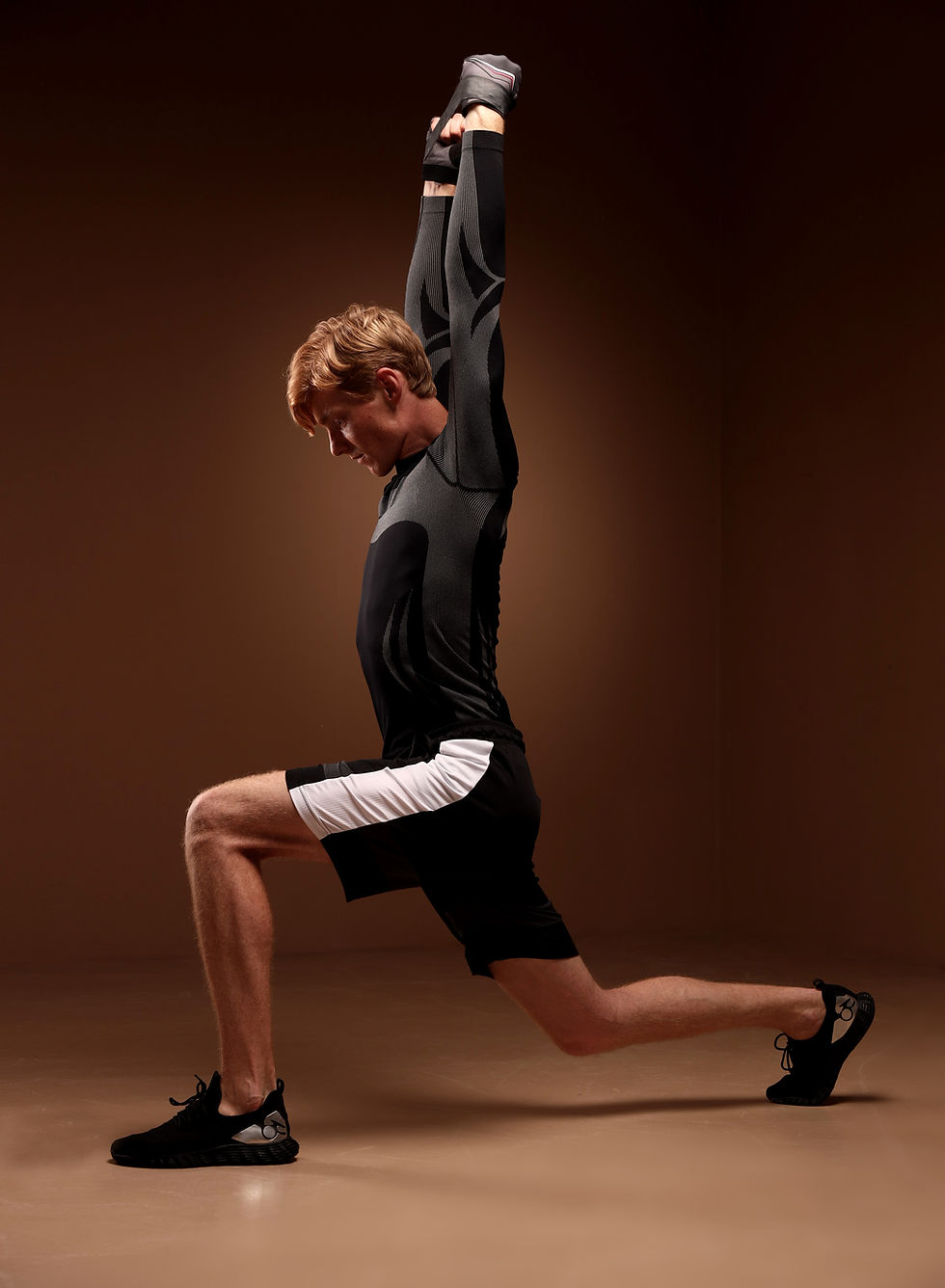Ergonomics in the Work Space, Why it's Important
- noelle822
- May 6
- 2 min read

Why is work ergonomics so important? Think about it, if you are spending 8+ hours a day, five days a week at a desk that is not set up to support your body, that is a huge amount of time in positions that can strain your muscles, joints, and posture. Over time, this physical stress adds up. But it is not just your body that takes a hit, work-related mental and emotional stress also weighs heavily, and your body often bears the brunt of it.
While you may not always have control over your workload or the emotional toll of your job, you do have the ability to optimize your physical environment, and that can make a big difference. Improving your ergonomic setup can be a powerful tool for managing chronic pain, reducing discomfort, and supporting your body’s ability to heal and recover.
Stress is stress, whether it is physical, mental, or emotional. It all impacts your well-being. Creating a workspace that works with your body instead of against it is a key step toward feeling better during your workday and beyond.
Below are some general tips to keep in mind when setting up your work space.
Follow the 90 degree rule. Position elbows, hips, knee and ankles in a 90 degree position for the best alignment.
Keep your feet flat on the floor. This helps distribute your weight evenly. When your feet dangle, this causes pressure on the legs and can lead to compensation in other parts of the body.
Make sure your bottom is positioned all the way back in the chair. The back of your knees should be about 2 finger-widths apart from the edge of the seat. If you need extra lower back support you can roll up a towel and position it behind your low back and the chair.
Keep your wrist relaxed in a neutral position. Your wrist and forearm should be aligned. When typing try not to let your wrist be angled to the ceiling, this can create increased tension through the wrist joints.
Position the top of your computer screen at eye level to prevent/lessen the strain on your eyes and neck.
Make sure you take breaks from looking at the screen to allow your muscles in your eyes to rest. Look at objects that are a fair distance away from the screen and blink a couple of times to refresh your tear ducts and allow moisture back into the eyes.
Perform gentle, back, shoulder, wrist and neck stretches/movements every 45 minutes to an hour to help minimize body stress and strain.
Try to get up from your desk every hour and move/walk around. Grab some water, take a couple of laps and deep breaths to help get blood flowing and allow your body to reset before getting back to work. This can help with tightness throughout the day and improve overall attention.
Though it may seem like just a small, simple thing, it can make a difference. Work ergonomics is not something you just want to ignore. Investing in a better chair or desk may be just what you need to improve your overall well being!
Hope this helps!
Dr. Noelle O’Hara, DPT
.jpg)




Comments